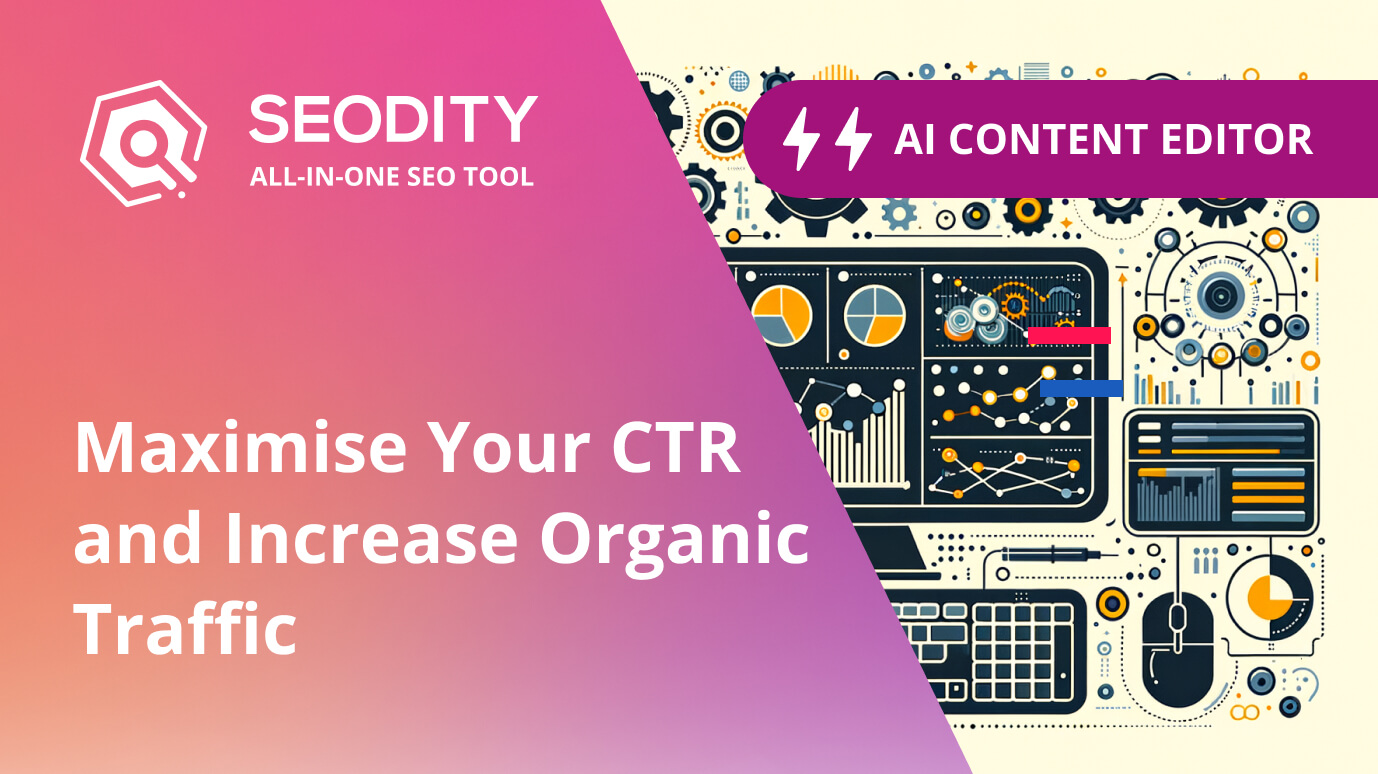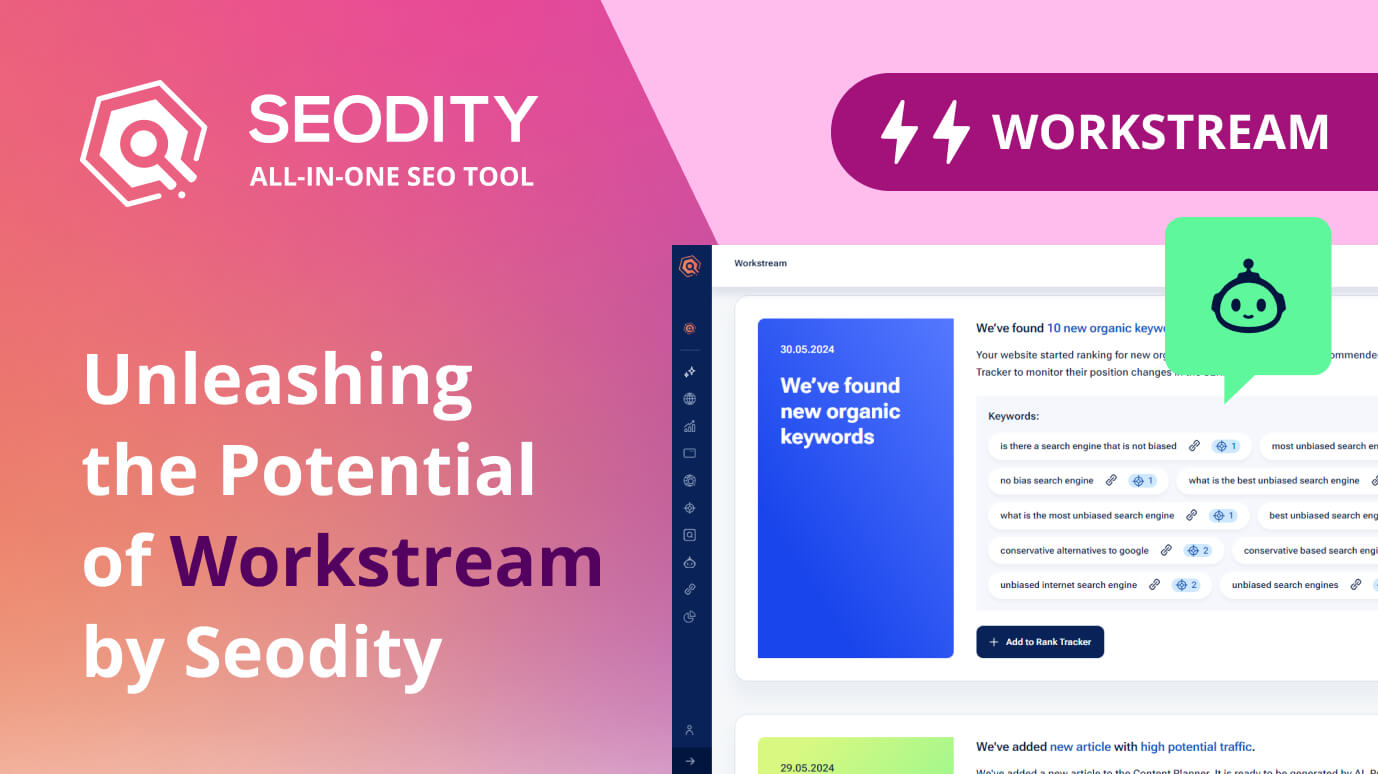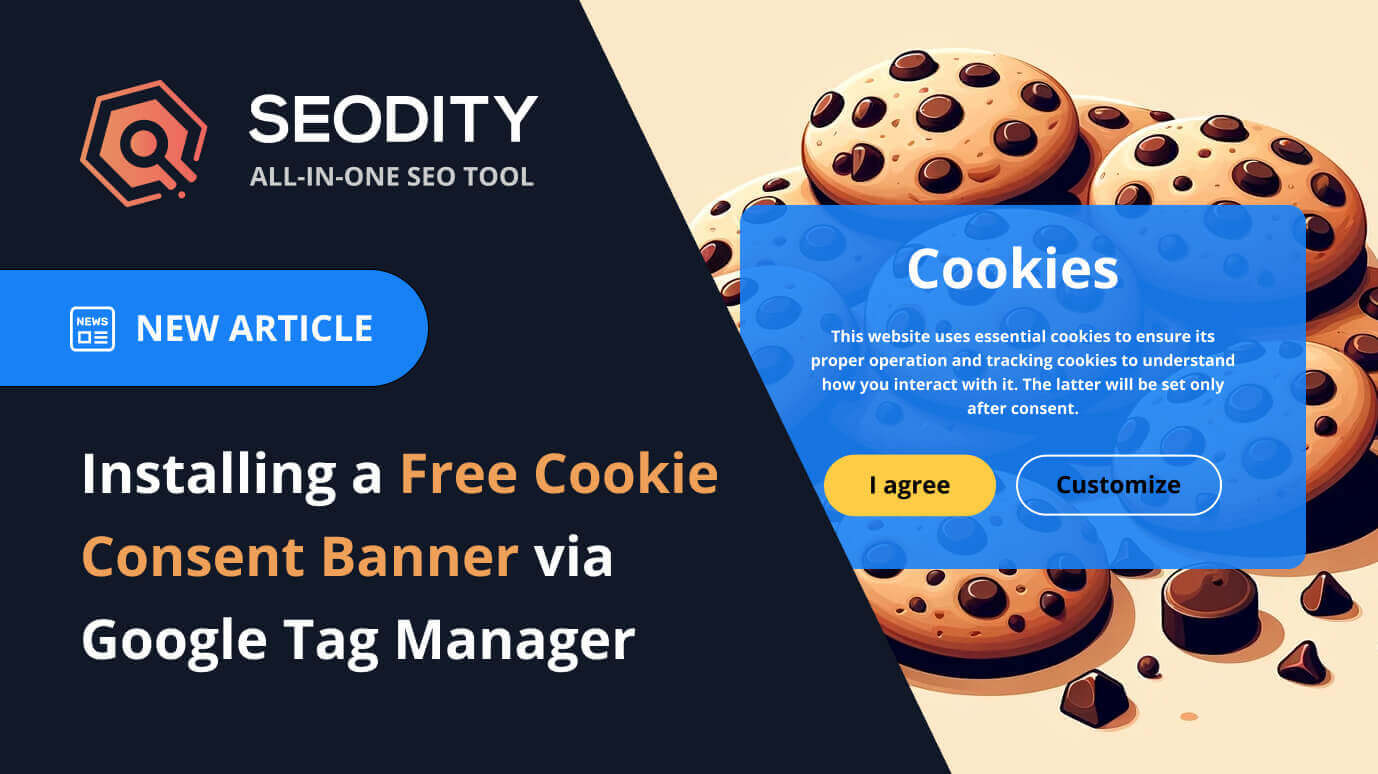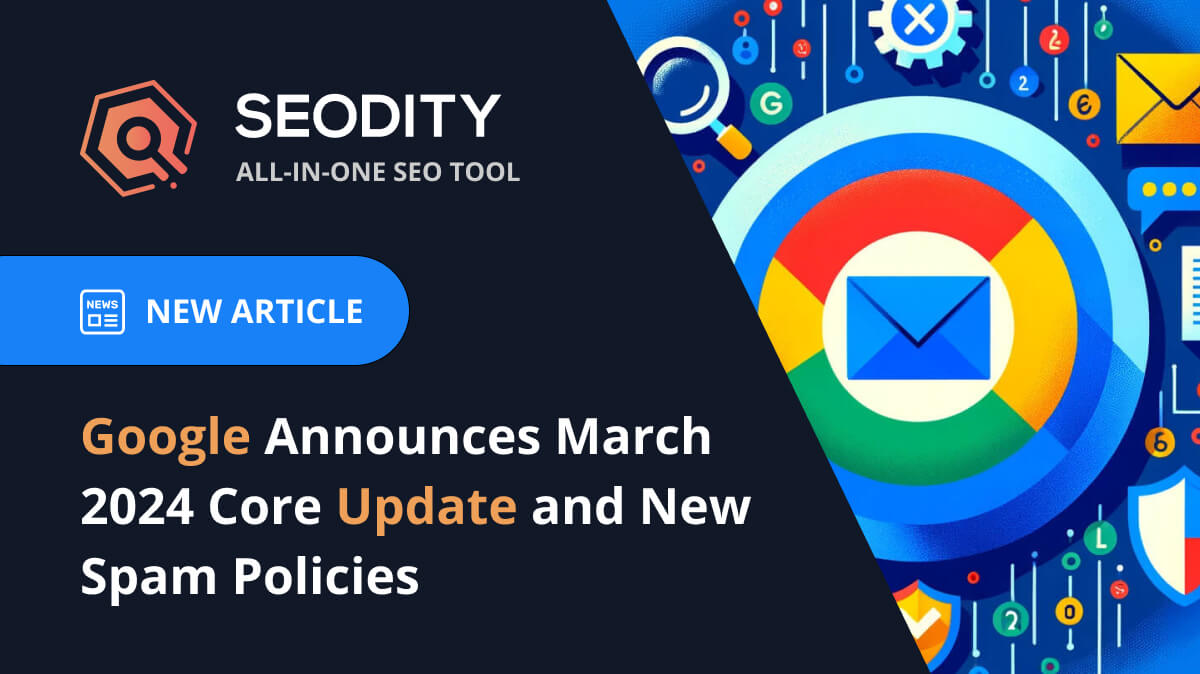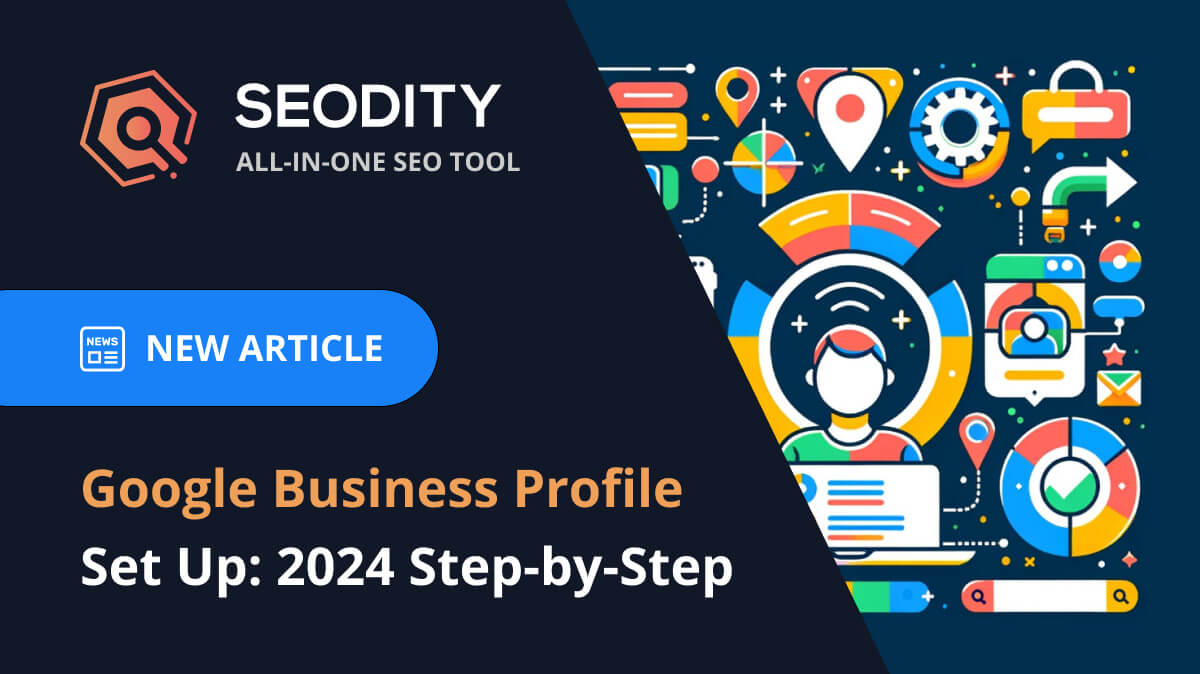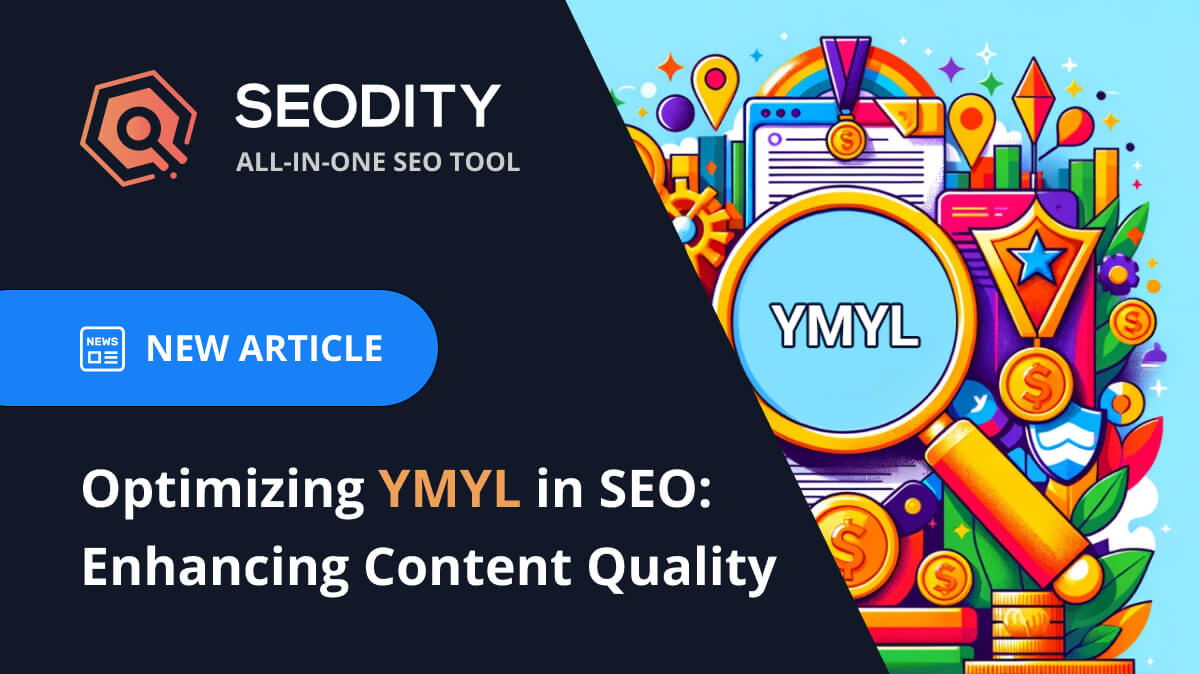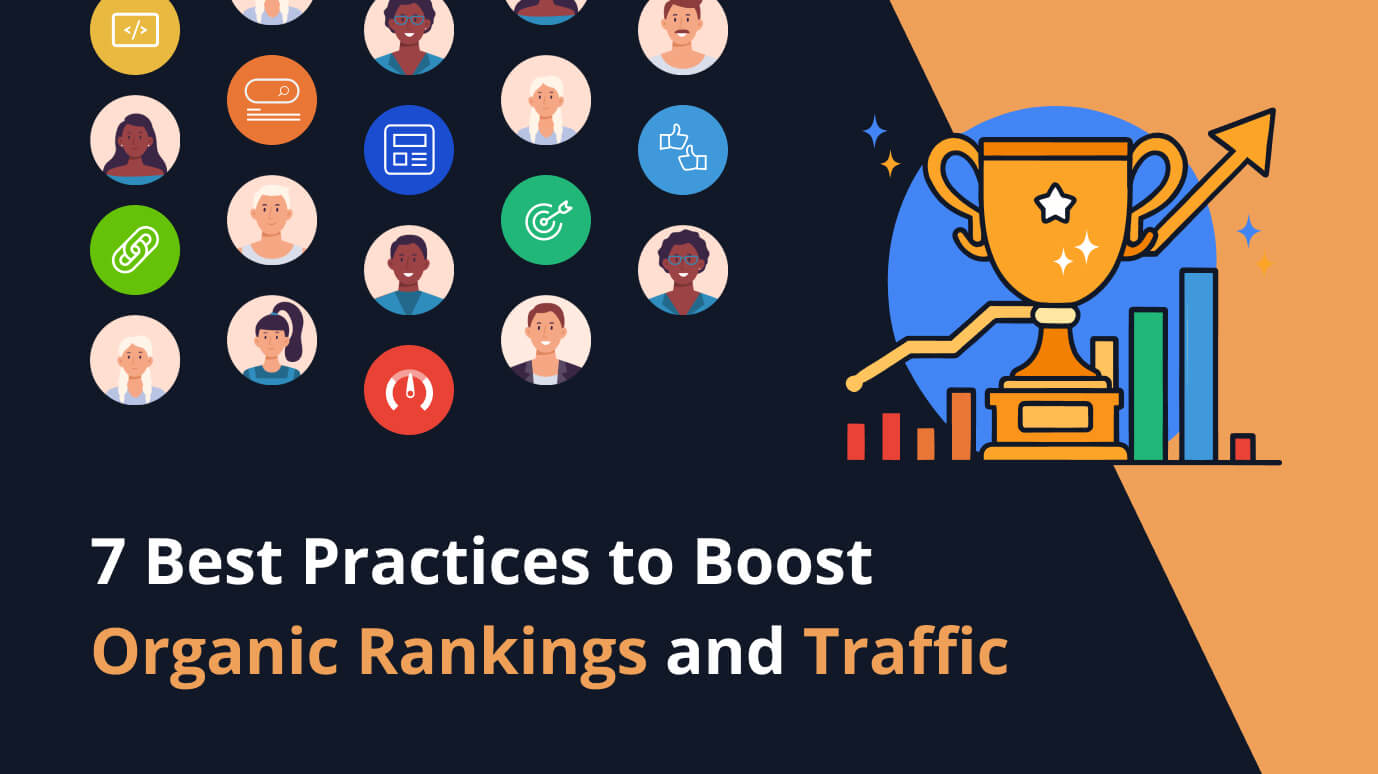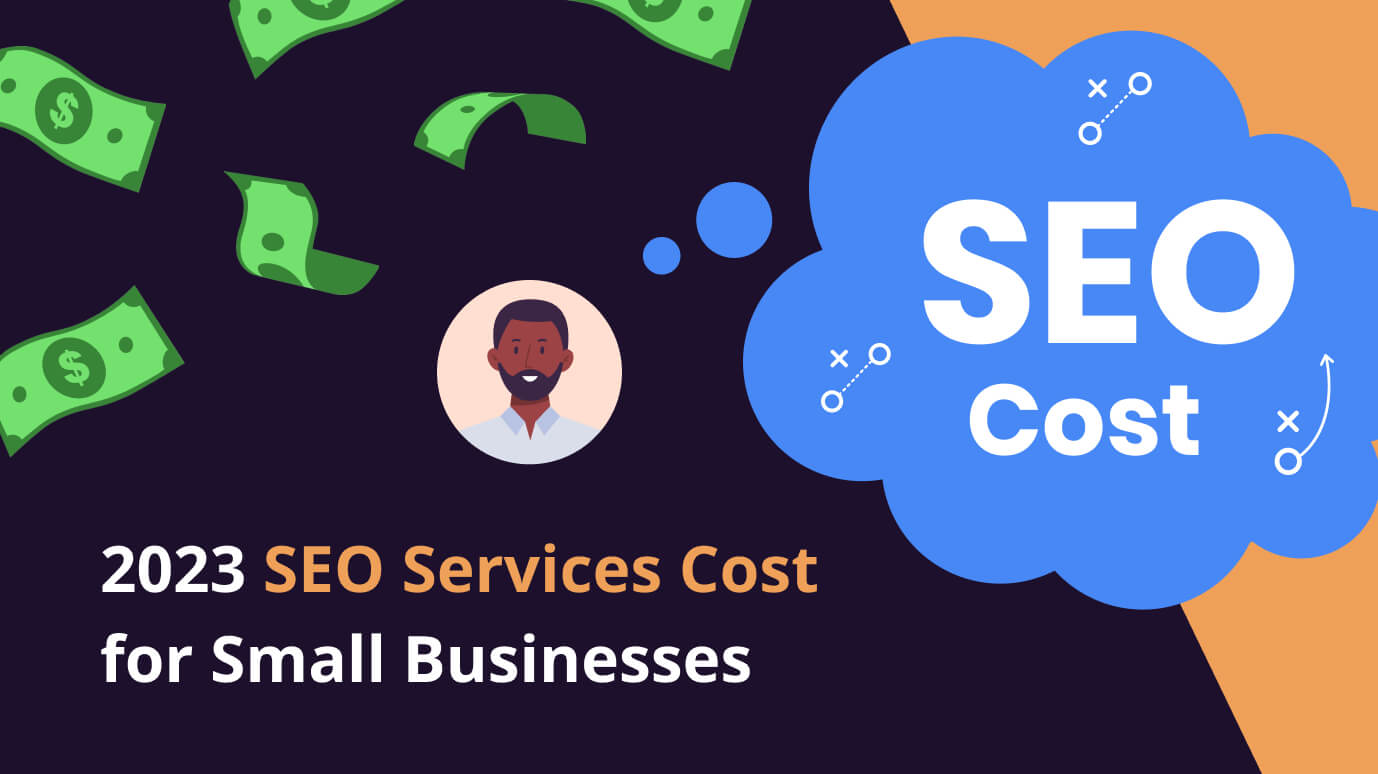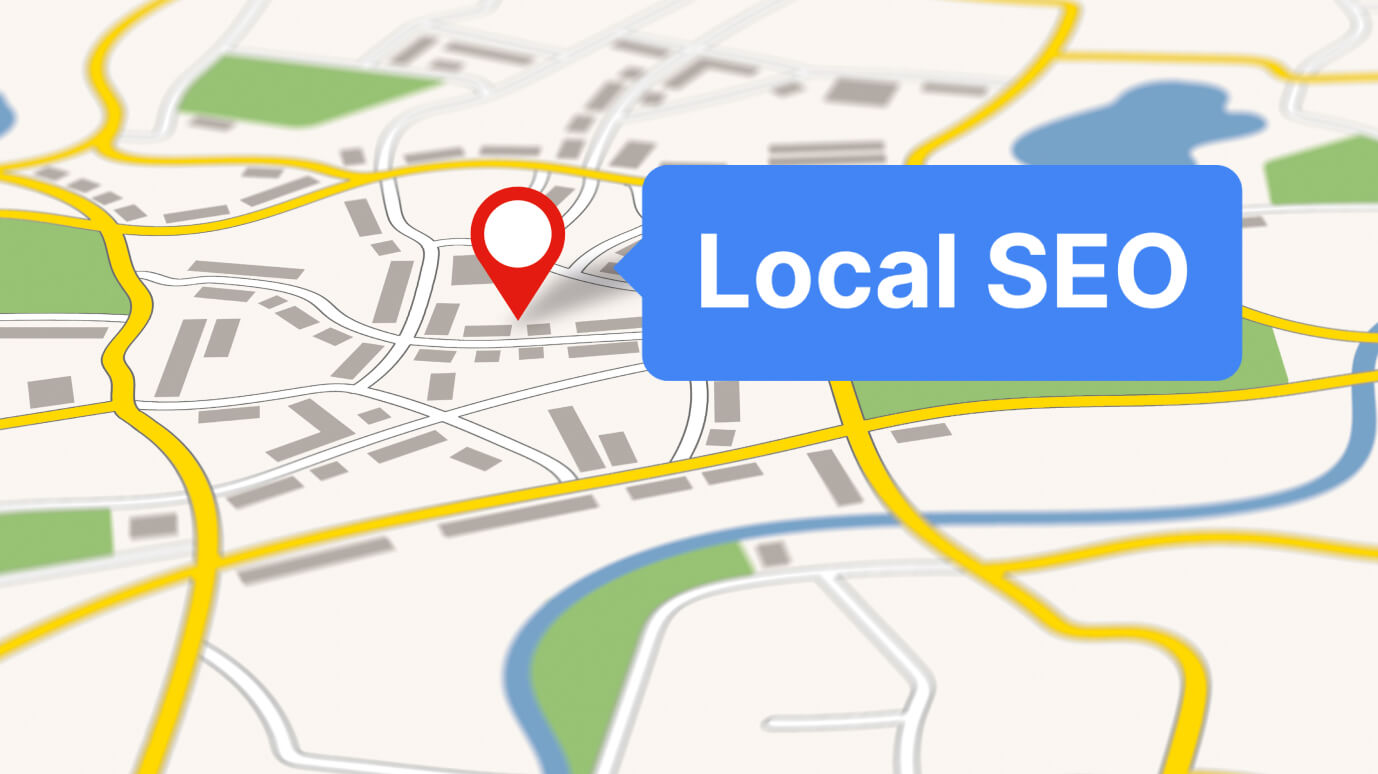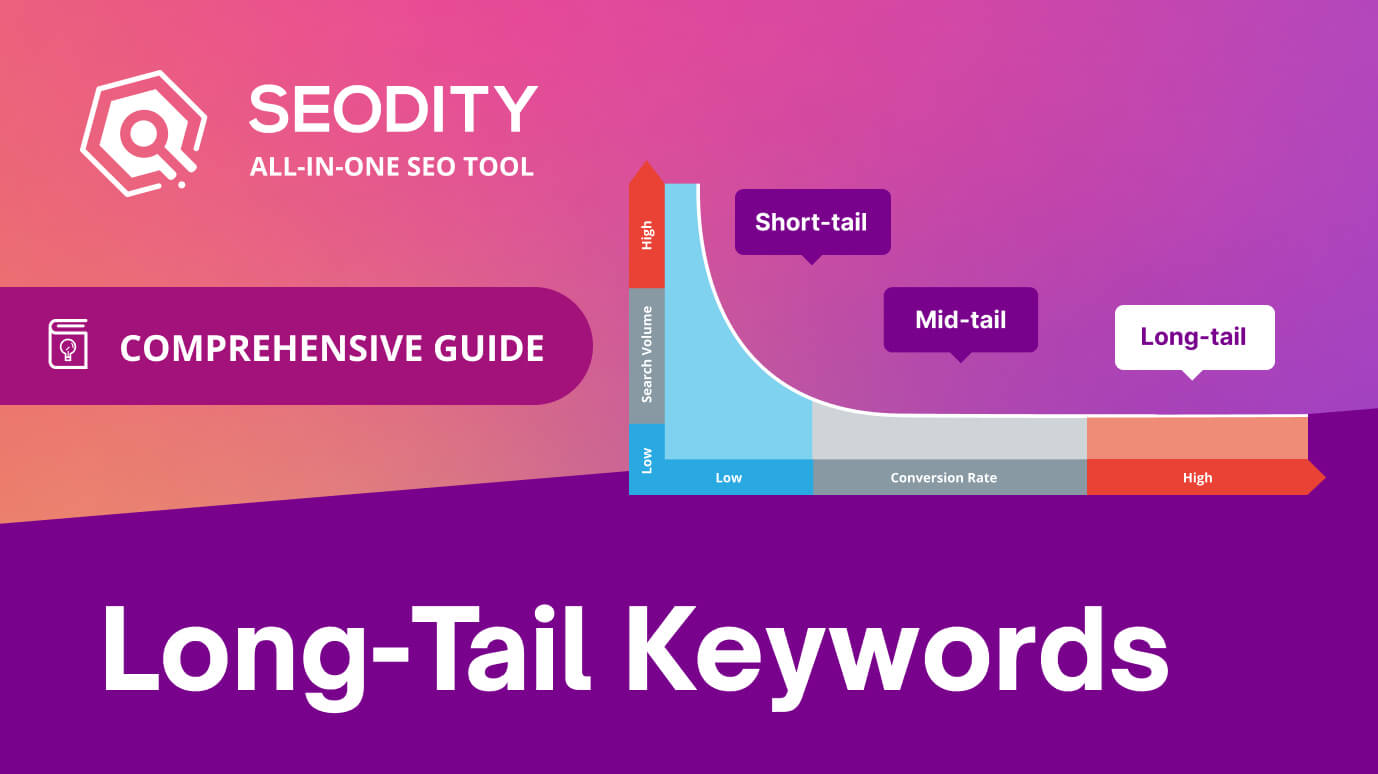
 9 min read
9 min readLong-Tail Keywords: A Comprehensive Guide
Understanding Long-Tail Keywords
Long-tail keywords are specific phrases that address unique needs or queries within a niche market. Unlike broad, generic keywords with high competition and search volume, long-tail keywords are highly targeted and typically consist of three or more words.
This specificity leads to several advantages, such as improved relevance to user intent, lower competition, and higher conversion rates.
For example, while a general keyword like "shoes" might attract a wide but less-targeted audience, a more specific phrase like "red shoes for men" will likely attract users further along in the buying process if the content answers their needs, thus increasing the likelihood of a sale or conversion.
Examples of Long-Tail Keywords
- "lightweight laptops for college students" instead of just "laptops"
- "gluten-free recipes for beginners" rather than simply "recipes"
- "best noise-canceling headphones for travel" instead of just "headphones"
- "eco-friendly cleaning products for households" as opposed to just "cleaning products"
- "affordable wedding venues in New York" over simply "wedding venues"
- "vegan skincare routine for acne-prone skin" instead of just "skincare routine"
- "family-friendly beach resorts in Florida" rather than just "beach resorts"
- "luxury leather handbags for women" instead of simple "handbags"
Benefits of Long-Tail Keywords
- Higher conversion rates: Long-tail keywords cater to highly targeted searches, leading to more meaningful interactions and conversions. For example, a user searching for "affordable eco-friendly yoga mats" is likely ready to purchase, compared to someone simply looking for "yoga mats."
- Reduced competition: Long-tail keywords are less competitive than generic ones, providing a greater opportunity to rank higher in search engine results pages (SERPs). This improved visibility can drive more organic traffic to your website.
- Improved relevance and alignment with user intent: By focusing on specific phrases that mirror your audience's exact needs and queries, you ensure that your content is highly relevant. This increases user satisfaction, builds trust and authority for your website, and ultimately benefits both your audience and your SEO performance.
Higher Conversion Rates
One of the most significant advantages of using long-tail keywords in your digital marketing strategy is the higher conversion rates they can generate. These specific phrases cater to highly targeted searches, often aligning closely with the user's intent, thus leading to more meaningful interactions and conversions.
For example, when users search for "affordable eco-friendly yoga mats," they are likely in a later stage of purchasing than someone simply searching for "yoga mats." This specificity narrows the competition and attracts more prepared users to purchase, increasing the likelihood of conversion.
Moreover, long-tail keywords help businesses connect with potential customers who have a clear idea of what they are looking for, resulting in a higher quality of traffic. This enhanced relevance leads to more effective user engagements, such as extended time on the website, lower bounce rates, and, ultimately, higher sales or lead generation. By incorporating long-tail keywords into your content strategy, you can attract users with a strong purchasing intent, thus optimizing your marketing efforts for better conversions and improved return on investment.
What is meant by conversion rate?
The term "conversion rate" refers to the percentage of visitors to your website who complete a desired action, known as a conversion. This action could be anything from purchasing, signing up for a newsletter, filling out a contact form, or downloading a resource document. For example, if 100 people visit your site, and 5 of them make a purchase, your conversion rate would be 5%. It's a critical metric for assessing the effectiveness of your digital marketing strategies and website's user experience.
Less Competition
One key benefit of using long-tail keywords in your SEO strategy is the reduced competition compared to generic, high-volume keywords. When businesses target broad keywords like "shoes" or "laptops", they face immense competition from well-established brands and numerous other websites. Contrarily, more specific long-tail keywords such as "red shoes for men" or "lightweight laptops for college students" are less competitive, making it easier for smaller businesses to rank higher on search engine results pages (SERPs).
The lower competition associated with long-tail keywords means fewer resources are needed for success. Companies can achieve higher search rankings without requiring extensive budget allocations for pay-per-click (PPC) advertising or other costly SEO efforts aimed at more competitive keywords. This makes long-tail keyword strategies particularly advantageous for small to medium-sized enterprises (SMEs) looking to optimize their digital marketing efforts on a limited budget.
Improved Relevance and User Intent Alignment
Another significant advantage of long-tail keywords is their ability to align closely with user intent, thereby improving the relevance of your content to specific search queries. Whereas general keywords may attract a large but often unfocused audience, long-tail keywords target users with a clear and direct purpose. This enhanced relevance meets the user's immediate needs and provides value that can build trust and authority for your website.
For instance, a user searching for "best laptops under $500 for gaming" has a precise requirement and is more likely to find value in content specifically addressing that need. Focusing on such detailed phrases ensures that your content directly corresponds to what users are searching for, thereby increasing the chances of higher engagement and satisfaction. This targeted approach helps attract quality traffic that is more likely to convert and optimize your SEO and digital marketing strategies.
Also, using long-tail keywords enhances the user experience by providing highly relevant search results. This, in turn, reduces bounce rates and improves overall site metrics, which are critical factors in search engine rankings. By tailoring your content to meet specific query demands, you satisfy user intent and enhance the likelihood of repeat visits and user loyalty.
Identifying Long-Tail Keywords Using Seodity
One of the most effective ways to identify and leverage long-tail keywords is by using the Seodity.
This section will guide you through navigating Seodity’s Keyword Research tool, setting intentions for your keyword research, and optimizing these keywords for your content strategy. By mastering these techniques, you can uncover valuable long-tail keywords that significantly enhance your digital marketing and SEO efforts.
First, access the Keyword Research tool by navigating to the main menu and clicking on the "Long-tail keywords" option in the side menu. This tool allows you to sift through numerous keyword suggestions, helping you find those that align well with your niche and target audience.
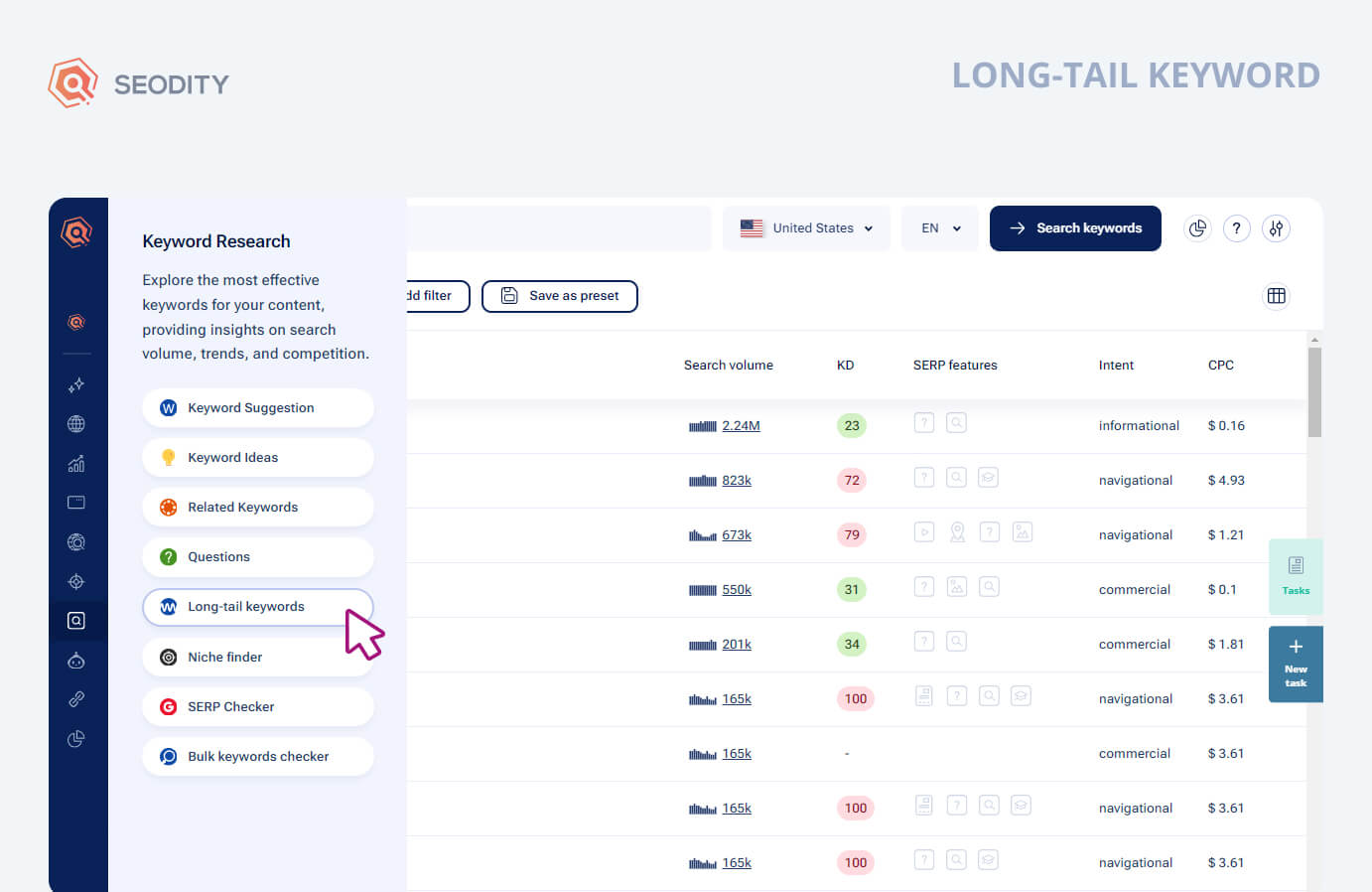
Setting Intentions for Keyword Research
Setting the right intentions for your keyword research is critical in effectively employing long-tail keywords. When using Seodity's Keyword Research Tool, it's important to understand your objectives clearly, as this will directly influence the types of keywords you target. Different intentions align with distinct user journey stages and can significantly impact your content strategy's success.

To start, consider what you want to achieve. Are you aiming to increase sales, attract new visitors, or provide valuable information? If your goal is to drive sales, focus on transactional keywords. These keywords are used by users at the end of the purchasing funnel, such as "buy red running shoes online" or "affordable eco-friendly yoga mats." By filtering for transactional intent in Seodity, you ensure your keywords are closely aligned with users who are ready to convert, making your marketing efforts more effective.
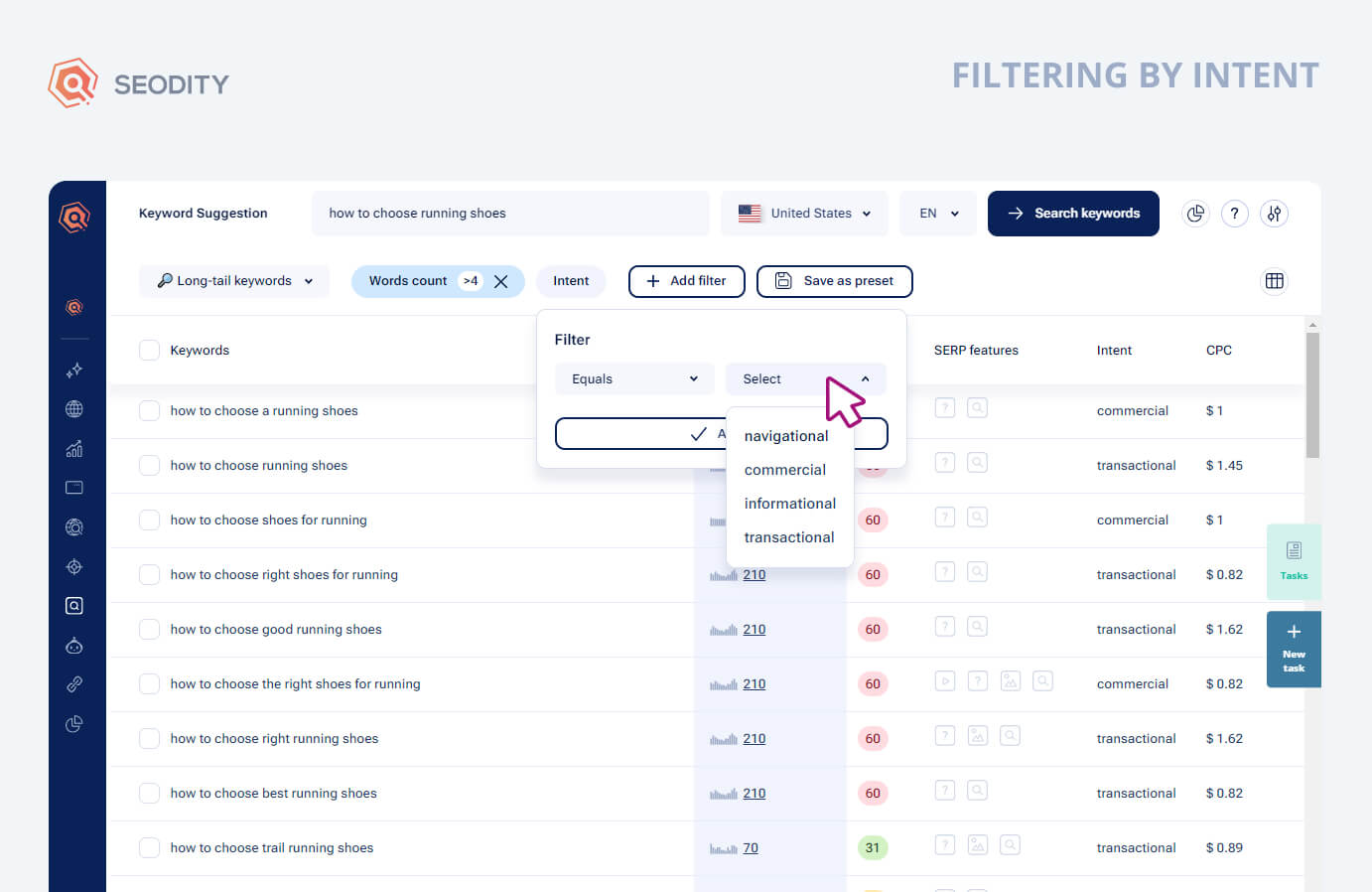
Alternatively, if your objectives lean towards educational content or brand awareness, opt for informational or navigational keywords. Informational keywords, such as "how to choose running shoes" or "benefits of eco-friendly yoga mats," attract users looking for detailed answers or guidance. Navigational keywords help direct users to specific pages within your site, improving user engagement and website navigation.
By setting clear intentions for your keyword research with Seodity, you can strategically filter and select long-tail keywords that match user intent, drive targeted traffic, enhance engagement, and support your overall digital marketing goals.
Practical Demonstration Using Seodity
A practical application of Seodity can provide invaluable insights into fully harnessing the potential of long-tail keywords in your SEO and content strategies. This section demonstrates how to create effective content maps from your long-tail keyword research, generate detailed article outlines, and optimize content ideas based on these keywords. By mastering these practices, you can significantly enhance the quality and efficacy of your digital marketing efforts.
Creating a Content Map from Long-Tail Keyword Research
The first step in applying long-tail keywords is creating a content map that aligns with your research. On Seodity, navigate to the Keyword Research tool and focus on the "Long-tail keywords" section. Here, you'll find a range of keyword suggestions tailored to your needs. Select the relevant keywords by checking the boxes next to them, then click the "Generate Article" button. Opt for "Generate Outline" to help structure your content effectively. This systematic approach ensures that each piece of content addresses specific user intents, improving both relevance and engagement.

Generating and Adjusting Article Outlines
Once you have your list of long-tail keywords, the next step is to generate article outlines using Seodity. This feature provides a framework for your content, making planning and executing your articles easier. By selecting "Generate Outline," you get a structured blueprint that can be adjusted to suit your specific needs. This flexibility allows you to tailor each piece of content more precisely to match user intent, ensuring a higher level of relevance and engagement with your audience.


Optimizing Content Ideas from Keywords
The final step involves refining and optimizing your content ideas based on the selected long-tail keywords. With your generated outline, you can pinpoint key areas to expand upon, ensuring each section is relevant and valuable to your audience. This thorough process helps create content that ranks well on search engines and meets your target audience's specific needs. By consistently applying these methods, you enhance your content strategy, making it more effective and impactful.

SEO Best Practices with Seodity
Leveraging SEO best practices is crucial for maximizing the effectiveness of your long-tail keyword strategy. Using Seodity’s comprehensive suite of tools, you can monitor, adjust, and optimize your keyword performance to ensure your content achieves the highest possible search engine rankings. This section will delve into how you can implement these best practices, with a focus on monitoring keyword performance and utilizing Seodity’s rank tracker.
Monitoring Keyword Performance
Monitoring keyword performance is a critical aspect of maintaining an effective SEO strategy. Utilizing Seodity’s suite of tools makes this process more efficient and insightful. One of the primary tools for tracking keyword performance is the rank tracker, which allows you to monitor how your selected keywords perform over time in search engine results.
To begin, select your target keywords and add them to Seodity’s rank tracker. This feature provides detailed analytics on the positions of your keywords, enabling you to see whether they are improving in rank or if adjustments are needed.

By regularly monitoring these metrics, you can gain valuable insights into the effectiveness of your keyword strategy and make data-driven decisions to optimize your content. Besides tracking rankings, it's essential to analyze other performance indicators such as organic traffic, click-through rates (CTR), and conversion rates. Seodity provides comprehensive reports that allow you to track these metrics, offering a holistic view of how your keywords impact your website's performance.

For instance, a high-ranking keyword with a low CTR might indicate that your meta descriptions could be more compelling, while high traffic but low conversions might suggest a need for better on-page content or a call to action.
Regularly reviewing these metrics enables you to identify trends and patterns in user behavior and search engine algorithms, allowing for timely and effective adjustments to your SEO strategy. This continuous optimization ensures that long-tail keywords remain relevant and impactful, driving targeted traffic to your site and enhancing overall user engagement. By leveraging Seodity’s monitoring tools, you can maintain the visibility and effectiveness of your SEO efforts, ultimately achieving better search rankings, increased traffic, and higher conversion rates. This vigilant approach to monitoring and adjusting keyword performance is fundamental to sustaining long-term SEO success.

Marcin is co-founder of Seodity
.svg)


